
Job seekers and industry insiders have been taken by surprise. Monster and CareerBuilder, once well-known online job-searching destinations, have officially filed for bankruptcy.
These sites, once well-known for their Super Bowl commercials and their reign during the early years of online job searching, were once destination sites for getting a job. But a lot has changed in a short time.
While perhaps many job hunters still remember posting their first résumé to Monster or searching CareerBuilder on those all-night job hunts, times have changed. What went wrong, and more importantly, where should job hunters go now?
Post Top Dogs
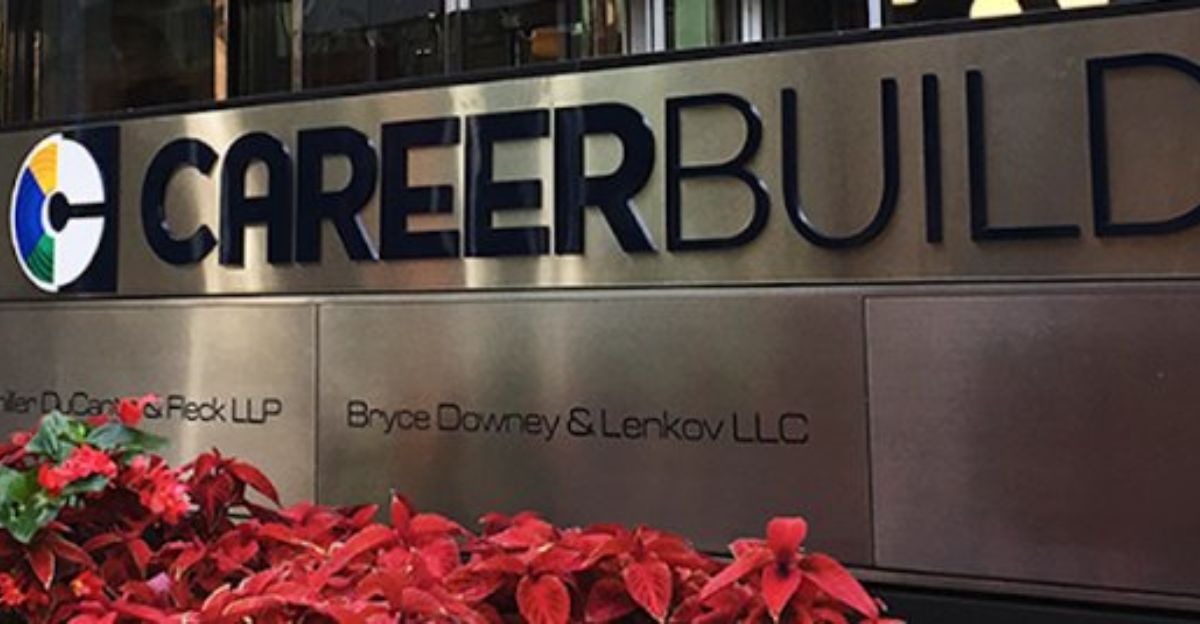
Monster and CareerBuilder dominated the online job space in the late 1990s and early 2000s. Monster even ran top-of-the-line Super Bowl commercials, becoming a cultural touchpoint.
CareerBuilder, on the other hand, enjoyed a good reputation with big partnerships and a large job board. Combined, they assisted millions in acquiring new careers and shaped how individuals monitored their careers.
Changing Trends
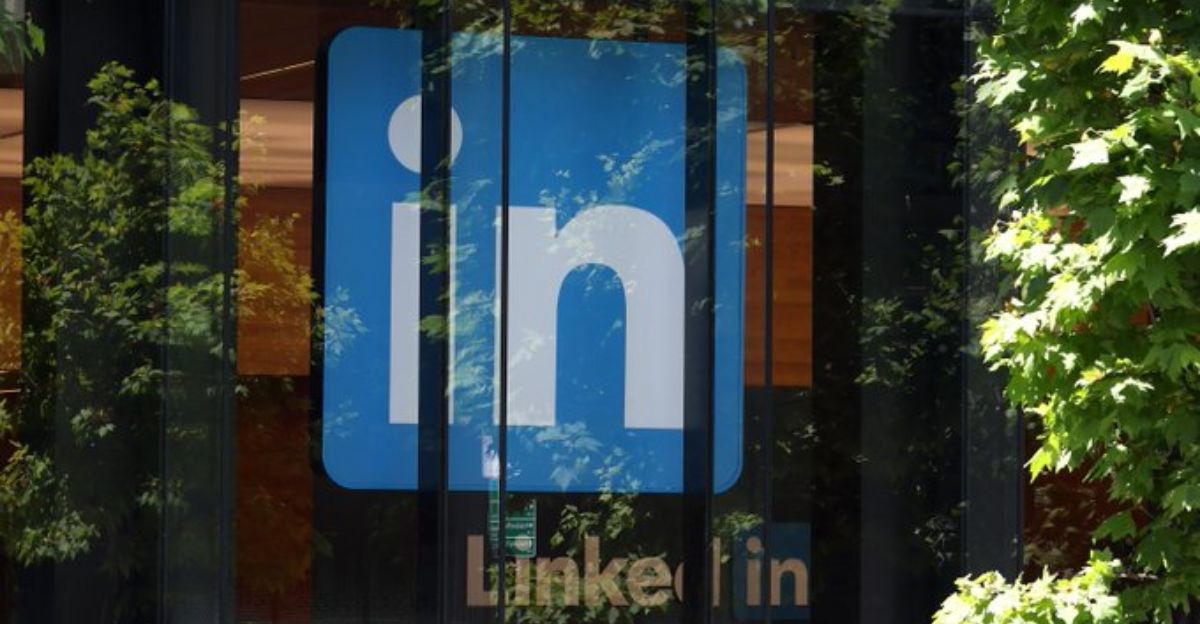
In the last decade, however, people’s job search behavior has changed. Sites such as LinkedIn, Indeed, and Glassdoor started adding more sophisticated tools and features.
Candidates started considering networking and company feedback a priority, making older job boards obsolete.
While that was happening, niche apps began to serve the gig workforce and specialized jobs, taking share from generalist sites like Monster and CareerBuilder.
The Big Merger
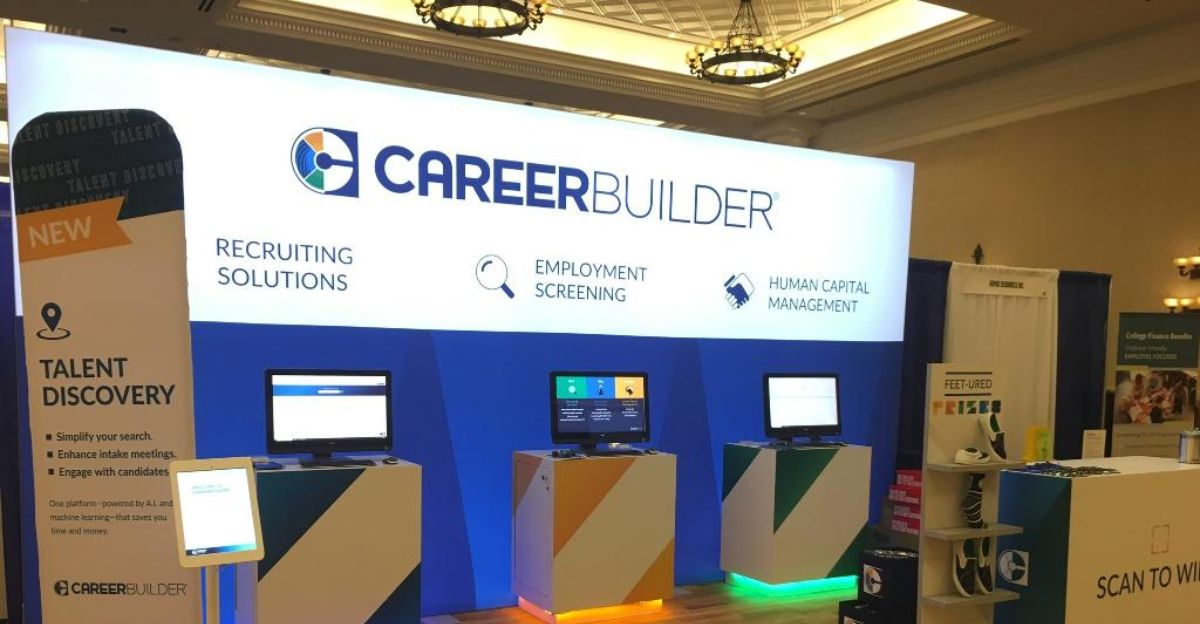
In 2024, Monster and CareerBuilder chose to merge to regain its former size. The two companies merged to form a new company, Monster + CareerBuilder, with a dream of merging resources and increasing presence.
Private equity firm Apollo Global Management intervened, acquiring a minority share and vowing a turnaround. However, the merger was not strong enough to battle long-term market trends.
Filing for Chapter 11

Monster + CareerBuilder filed Chapter 11 on June 25, 2025. The company refinanced its debt and remained in operations as part of an overall strategy to sell major business units to multiple purchasers. The company also secured $20 million in financing for the transition.
Asset Sales Begin

Monster + CareerBuilder is selling significant assets as part of the bankruptcy filing. The primary job boards are selling to JobGet, a platform particularly focused on hourly and gig jobs.
Monster Government Services, serving state and federal government agencies, is selling to Valsoft Corporation, a Canadian software company.
Media Properties Change Hands

The company owns media assets such as Military.com and FastWeb.com. The assets are being acquired by Valnet, a media firm based in Canada, known for running different online publications. All sales are pending confirmation by the courts and are open to higher offers from other interested buyers.
CEO’s Statement

Monster + CareerBuilder CEO Jeff Furman referred to the bankruptcy and sale as a method of achieving maximum value and saving jobs.
Referring to a “tough and volatile macroeconomic climate” as one of the top causes of financial issues, he emphasized that the company is going forward with reductions but attempting to make the transition smooth for users and workers.
The End of an Era

Some believe this marks the end of an era for online recruitment. Monster and CareerBuilder were among the pioneers that found jobs for millions of people.
Their failures are a reflection of the introduction of new technology and the evolution of how jobs are sought. The change also demonstrates the pace at which online platforms must evolve to keep pace.
What Went Wrong

Experts cite a number of reasons for the fall: inability to keep up with changing user demands, intense competition from more integrated sites, and reliance on outdated business models.
While job seekers were increasingly looking for more personalized experiences and immediate insights, Monster and CareerBuilder could not adapt quickly enough.
Emergence of New Players
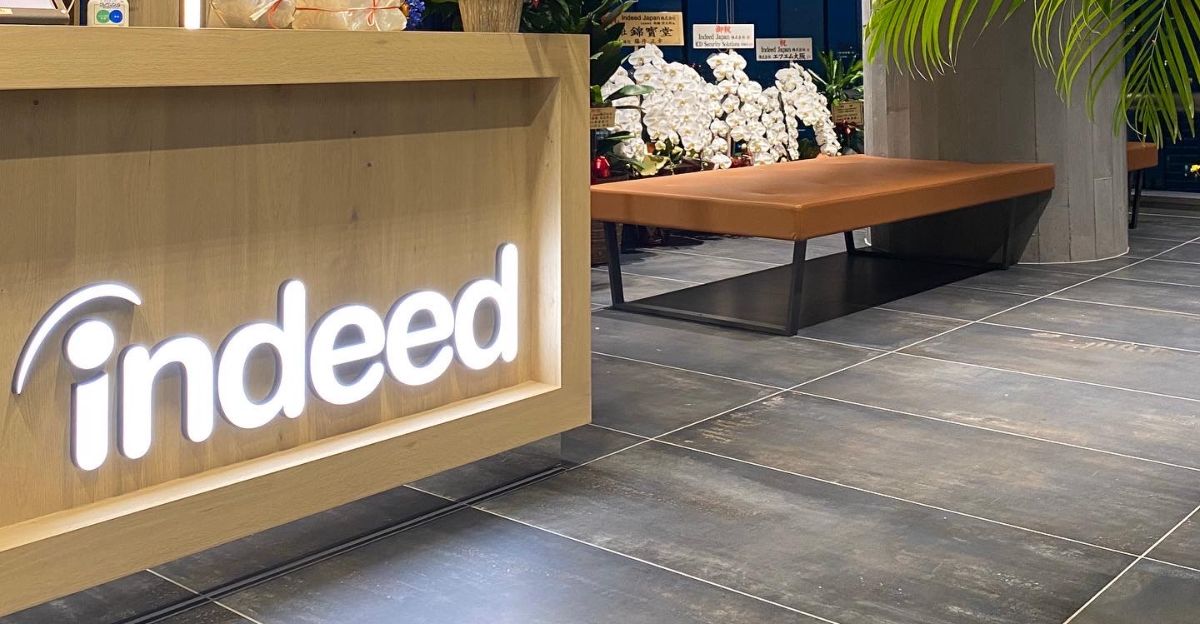
Job sites with sophisticated matching algorithms, open reviews, and robust networking features characterize the modern-day job market.
Today, Indeed, LinkedIn, and other apps have become the favored choice for many. These websites integrate social features with job-seeking features, creating a more efficient and dynamic experience.
Where to Search Now

Applicants today still have a range of options. LinkedIn can be used for corporate careers and establishing a network. Indeed still has plenty of job postings with convenient filters.
Glassdoor lists company assessments and pay rates. Specialty sites such as JobGet specialize in gig and hourly occupations. The range of specialized job-hunting sites helps applicants determine the best fit.
Adapting to the New Job Market

The failure of Monster and CareerBuilder teach us the importance of adaptation. For candidates, building a strong online presence and negotiating multiple paths can increase the potential for success. Keeping up with new features and tools is crucial in a world where the playing field changes quickly.
Looking Ahead
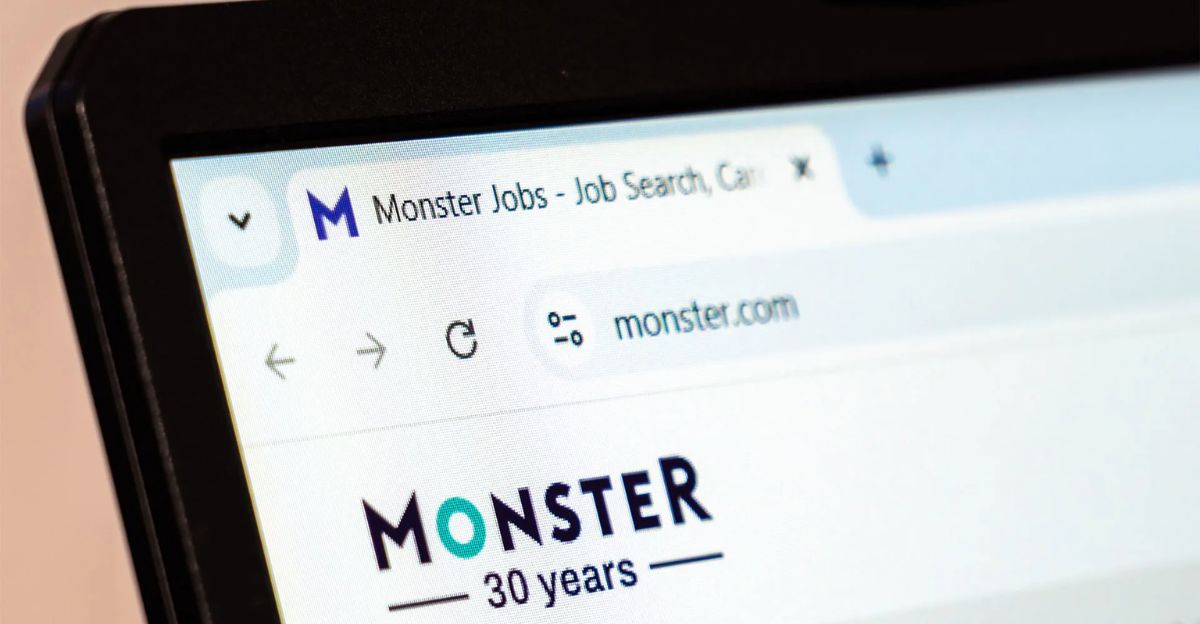
As Monster and CareerBuilder’s story concludes, the job search landscape evolves. With companies competing to enhance user experience, job seekers will enjoy more personalized and streamlined experiences.
By being adaptable, present on multiple platforms, and quick to respond, job seekers can continue to move forward with ease and find their next great opportunity.
